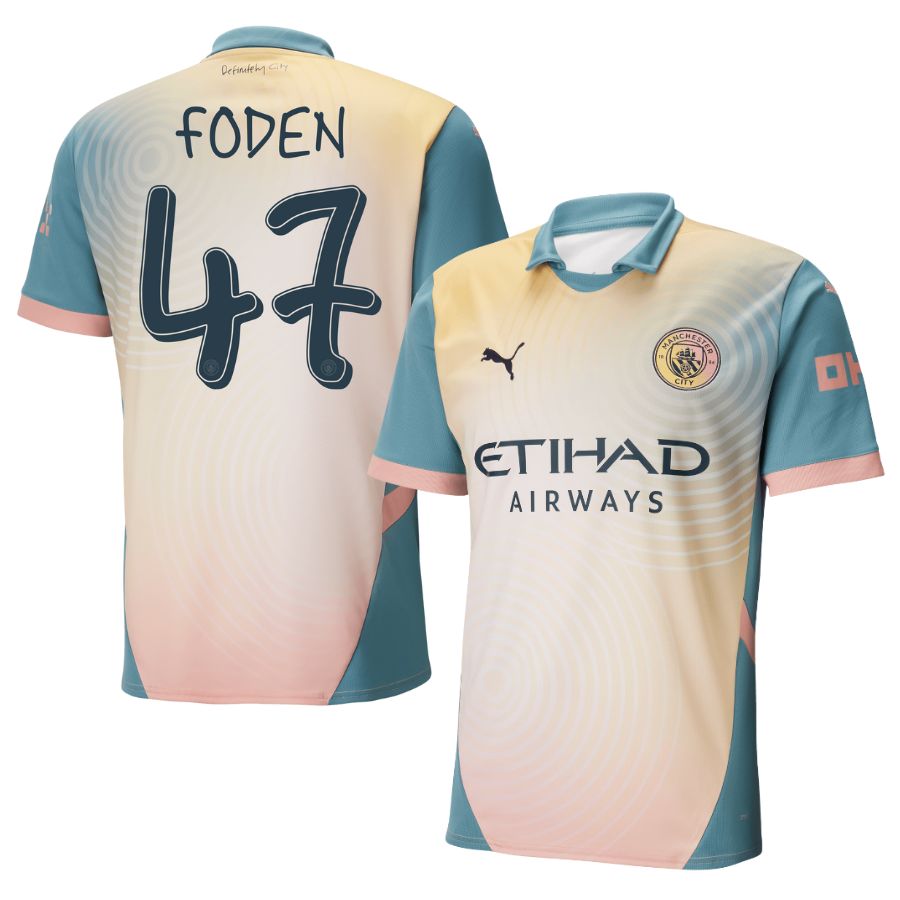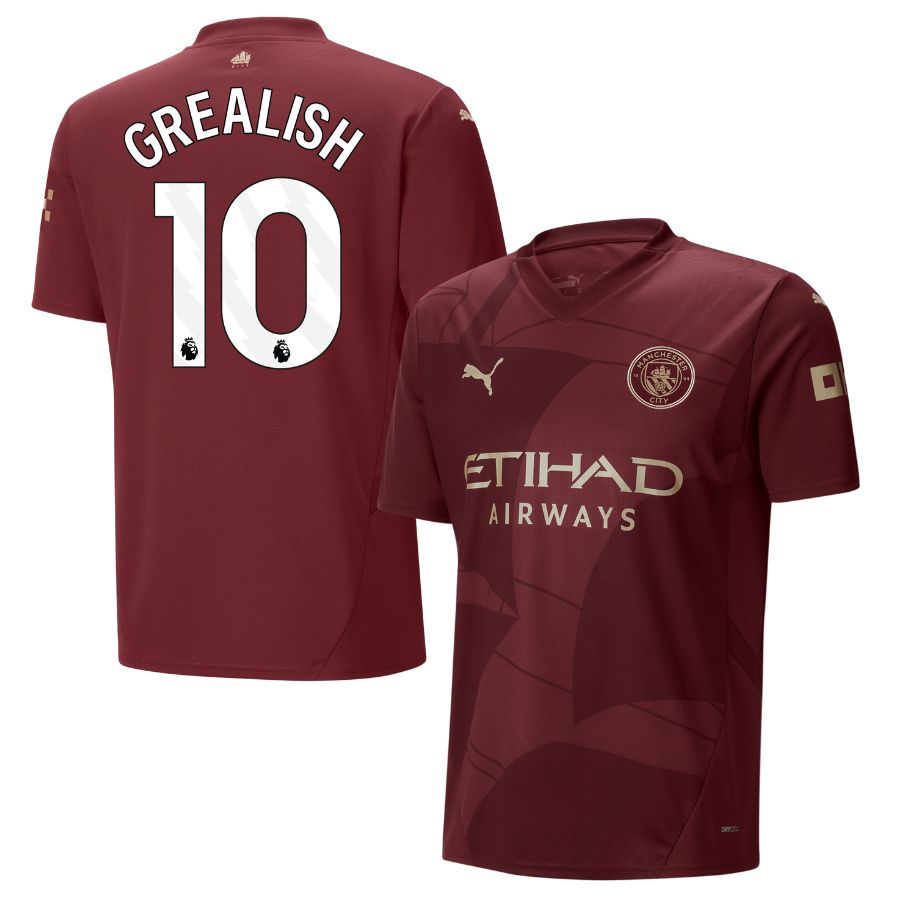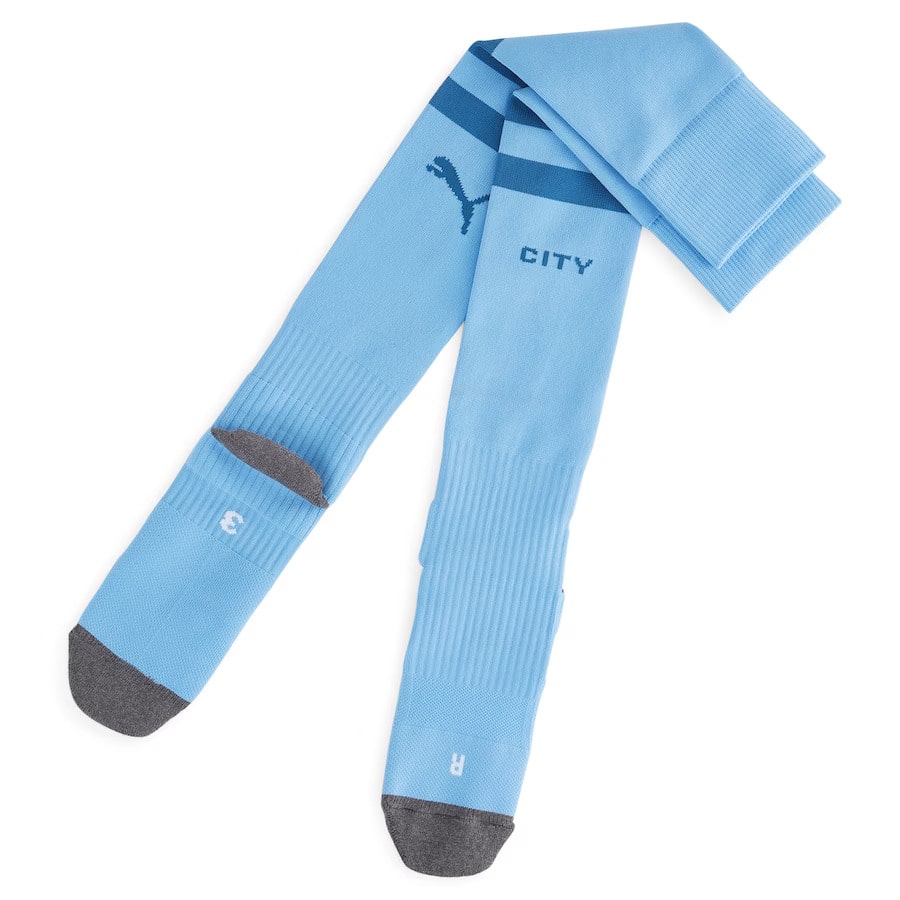Football uniforms have come a long way from their humble initial. What was initially a basic attire for athletes in order to distinguish themselves on the field, has evolved into a part of football culture, representing the identity of a team, its technology, and fashion. This article discusses the changes to football uniforms over the years, focusing on several of the most important changes and innovations and focusing on the Kit Manchester City 2024, Jersey Manchester City 2025 and the Shirt Manchester City 2024 2025.

The Early Days: Simplicity and Functionality
In the early days of football uniforms were more functional more than fashion. Teams wore basic cotton shirts that had long sleeves and thick woolen shorts that were frequently uncomfortable and restrictive. The colors and designs were often simple, and many teams played in plain shirts with little to distinguish them beyond their team's colors. The fabric used in early football kits was thick and it did not let sweat out and made players feel hot and uncomfortable on the field.

1920s to 1950s: The Rise of Team Identity
By the 1920s, football uniforms began to be given more distinctive identities for teams with clubs including their team colors and logos in their uniforms. In this time, bulky wool shirts and shorts were replaced with lighter and more durable materials but they were still heavy compared to the modern standards. As the sport grew in popularity, teams such as Manchester City began to develop their own unique styles with their distinctive sky blue shirts becoming the symbol of their identity.
The 1950s were a huge change as teams began to adopt synthetic material, offering more performance and comfort for players. The sleeves were still long, however the fabric began improve, becoming lighter and breathable, but it wasn't as sophisticated than the latest materials.

The 1960s to 1980s: Innovation and Commercialization
As the decade progressed, there was the introduction of synthetic materials, such as polyester and nylon in football uniforms. They were more lightweight, resistant to abrasion, and more breathable leading to increased comfort for players. This was also the decade where football shirts were first to be branded with player's numbers on the back of the shirt, which was a crucial step towards identifying football players.
In the 1970s technological advances in fabric allowed teams to wear clothing that was more comfortable to wear, and the designs were more elaborate. Logos, stripes as well as other ornaments began appearing in teams' efforts to differentiate themselves from each others. Manchester City's kits, for instance, showcased striking designs during this time with vibrant accents and intricate detailing that represented the growing commercialization of the sport.
The 1980s saw football kits became an even more significant commercial tool, with logos for sponsors prominently displayed on shirts. It was 1986 that marked the World Cup was a turning factor in the world of football fashion and teams such as Argentina and Italy displayed their striking new designs. These years were the start of a change towards an increasingly commercial and professional soccer, and uniforms reflected that change.
The 1990s to 2000s: Comfort and Performance
The 1990s and the early 2000s witnessed major advances in both technology and design. Jerseys became lighter and breathable, due to the growing use of polyester blends and high-tech fabrics. Teams started to concentrate on their performance more than on design, incorporating features that increased mobility and performance on the field. For example, Kit Manchester City 2024 is designed with the latest technological innovations to help players perform at their best, using moisture-wicking fabrics that keep players dry during intense games.
The 1990s also witnessed an increase in the popularity of colorful and distinctive designs, with bold patterns and color combinations that made the teams pop. Football fans were more invested in the appearance of their teams and the jerseys began to become a form of merchandise that fans could put on outside the stadium. In the end, jerseys were often designed with a sense of fashion in mind, attractive to fans who wanted to wear their team's colors with pride both on and off the field.
The 2010s to Present: Sustainability and High-Tech Fabrics
In recent time, football uniforms have improved to a higher level. The introduction of materials that control body temperatures, stretch in response to movement and evaporate sweat has drastically improved comfort and performance. Recycling of materials has also become an important consideration on the part of many clubs, adopting sustainable practices to make their kits more sustainable. Jersey Manchester City 2025, for instance. Jersey Manchester City 2025 for instance, is made of sustainable fabrics to reflect the growing trend in eco-conscious sportswear.
The look of modern football kits, including the Shirt Manchester City 2024 2025, is sleek and streamlined that offers the most athletic fit that helps reduce drag while permitting players to move freely. New design elements, like intricate patterns, sublimated graphics and subtle textures have brought dimension and elegance to kits without sacrificing functionality.
Additionally, modern football equipment are designed to ensure comfort both on out on the field. The insertion of performance-related features into clothing for everyday use has resulted in the growth of fanwear and lifestyle items that look as elegant as they are functional. Wearers can dress in kits Manchester City 2024 not only on match days, but also as part of their Kit Manchester City 2024 data->wardrobe for everyday wear.
Key Trends in Football Uniforms Today
- performance fabrics The newest Jerseys like Jersey Manchester City 2025 is made of high-tech materials that help wick water, control temperature, and allow for a comfortable stretch.
- Eco-Friendly Designs: Sustainability is a rising concern as clubs incorporate recycled materials into their kits to reduce their environmental impact.